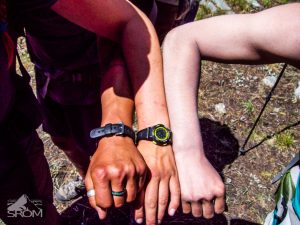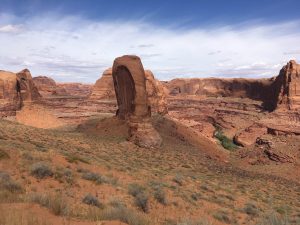Earlier this year, we started a blog series about nutritional needs in the backcountry, and the basic food types your body needs. This week we are going to discuss the vital role water plays in outdoor recreation (and life!).
Water
A person can live approximately three weeks without food, but only three days without water. Water is the medium for the chemical reactions that keep you functioning physically and mentally. Water also functions as a coolant for the body through sweating. Without sufficient water, the body is susceptible to heat cramps, heat exhaustion, and heat stroke.
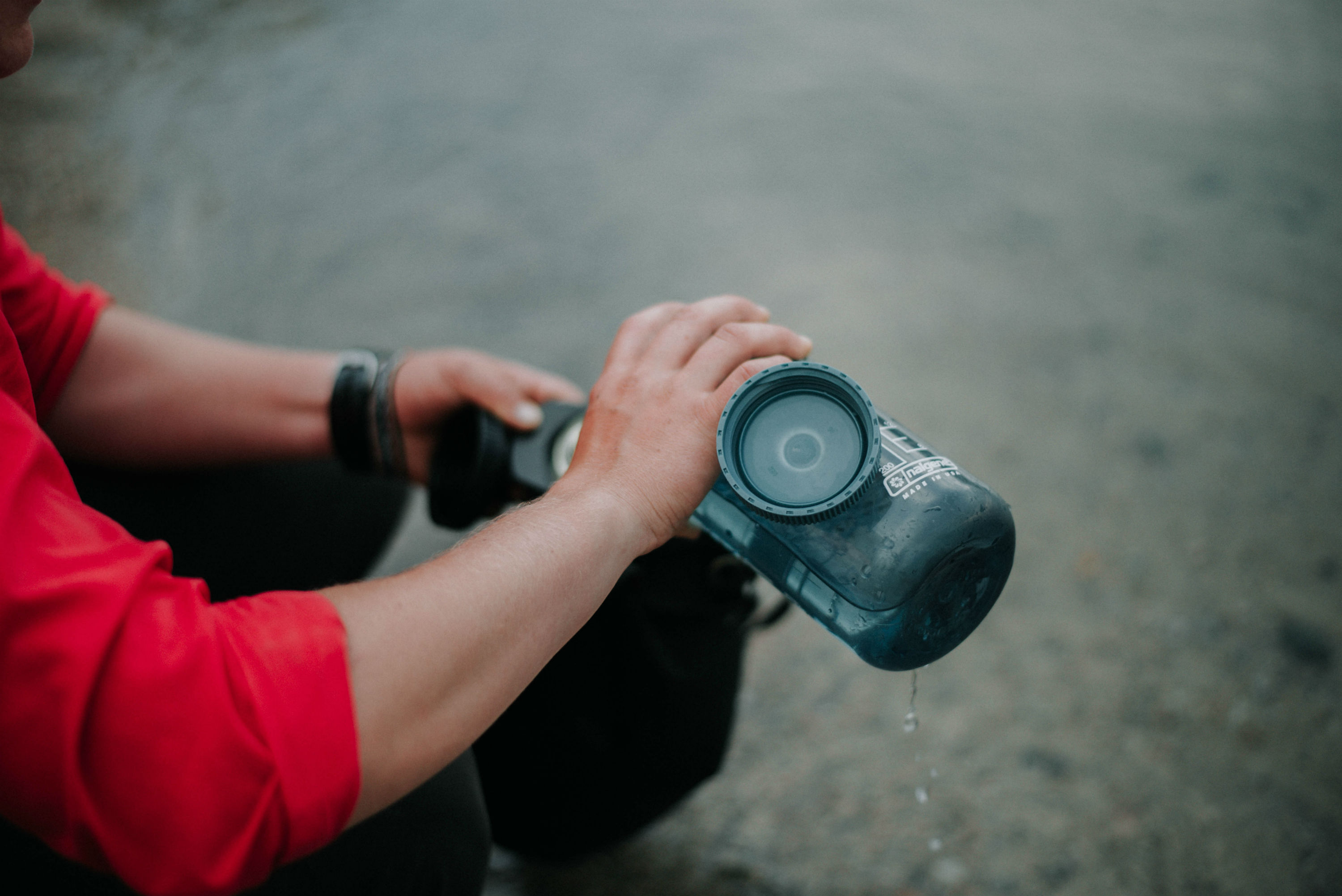
Hydration
The average person (in a 70°F environment) should drink approximately half a gallon (2 Nalgenes) of water a day. As physical activity and temperature increase, so does the body’s need for water. At SROM, we recommend that our students drink at least 4 quarts/Nalgenes of water a day! When you are with a group, it is important to make sure that you and everyone else is drinking water. Stop and take a group re-hydrating session in which everyone takes a break and drinks some of their water. Staying hydrated is more important than arriving somewhere on time or making the summit. The best method is to be consistently drinking, taking mouthfuls of water throughout the day. On average, a person can only absorb 8 ounces of water (1/4 of a Nalgene) in a 15 minute period, so it is best to be drinking a few ounces every 15 minutes. Sip, don’t guzzle! Use of water bladders often increases hydration because it is easier to consistently sip from a bladder hose than it is to sip from a Nalgene during a hike. At SROM, we encourage the use of hydration bladders, and require them for students on most of our courses.
Some folks may resist drinking water, as they are used to drinking sugary juices or sodas. Plain water is best, but it is ok to use a drink mix such as Gatorade or lemonade if it will encourage you to consume more fluids. Fluid intake is key!
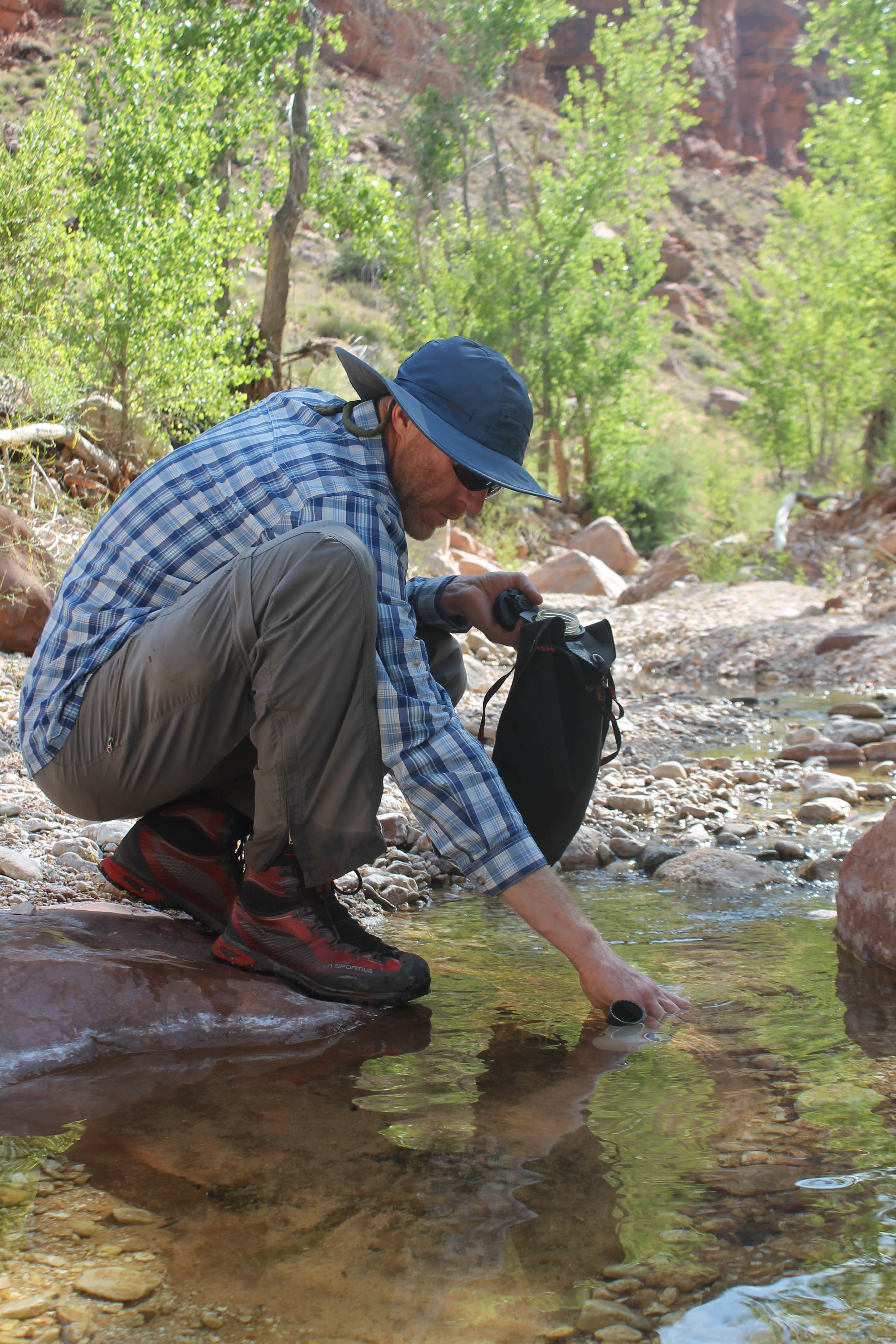
Dehydration
The most effective way to monitor hydration levels is to keep track of how often and how you and your outdoor buddies are drinking. Signs of dehydration may be subtle at first, but will increase in severity as the individual becomes more dehydrated. Watch yourself and your friends for the following:
- Thirst
- Headache
- Nausea
- Weakness
- Lack of hunger
First Aid: drink water in small, consistent amounts until symptoms subside, and encourage the individual to eat and rest.
Ways to Monitor Hydration:
Pinch Test
The pinch test is best used to monitor long-term hydration. If someone has been gradually dehydrating (not replenishing enough fluid to recover what has been consumed) over a period of several days, his or her skin will be less elastic than in its usual, hydrated state. To check skin elasticity, pinch a section of skin on the back of the hand and gently lift it up a bit (not so much so that the skin becomes taut). Release the skin, and monitor how quickly it snaps back into place. The slower it snaps back, the more dehydrated the person.
Hyponatremia
Hyponatremia is a condition of low sodium in the blood caused by high water intake combined with low salt intake and salt loss in sweat. Untreated, it can easily cause death. Hyponatremia is most likely when recreating in desert environments (such as Grand Canyon National Park, Escalante National Monument, and Red Rocks National Conservation Area). The increased temperatures, sun exposure, and physical demands of activity in the desert increases the risk of hyponatremia. When exercising in the intermountain west, hyponatremia is not a condition you are likely to experience on a SROM course. However, it is important to be aware that you can drink too much water and that there are serious consequences for doing so.
Signs of Hyponatremia:
- History of heavy water intake (e.g., 7 liters of water in 18 hours)
- History of little/ no food intake
- Headache
- Light-headedness
- Nausea
- Altered mental status
First Aid: Rest, gradual intake of salty foods, and no fluid intake (not even electrolyte replacement drink).
Electrolyte Balance
Along with hydration, the consumption of salt is a common concern. Dr. Braaten states that you are unlikely to have a salt deficiency if you are eating enough calories. You only need to replace what you lose—normally 200 mg/day. Excessive sweating may increase the body’s need (1000 mg sodium/quart of sweat), but notice that the average American diet contains much higher levels of sodium than this. The only caution is that diuretics and various medications may cause electrolyte depletion. This situation and extreme heat conditions are the only times Dr. Braaten recommends a high sodium diet.
This also means that even in a desert environment, your body does not need an electrolyte replacement or sugary sports drink. Despite what advertisers for sports drinks would have you think, most people get plenty of salts in their normal diet.
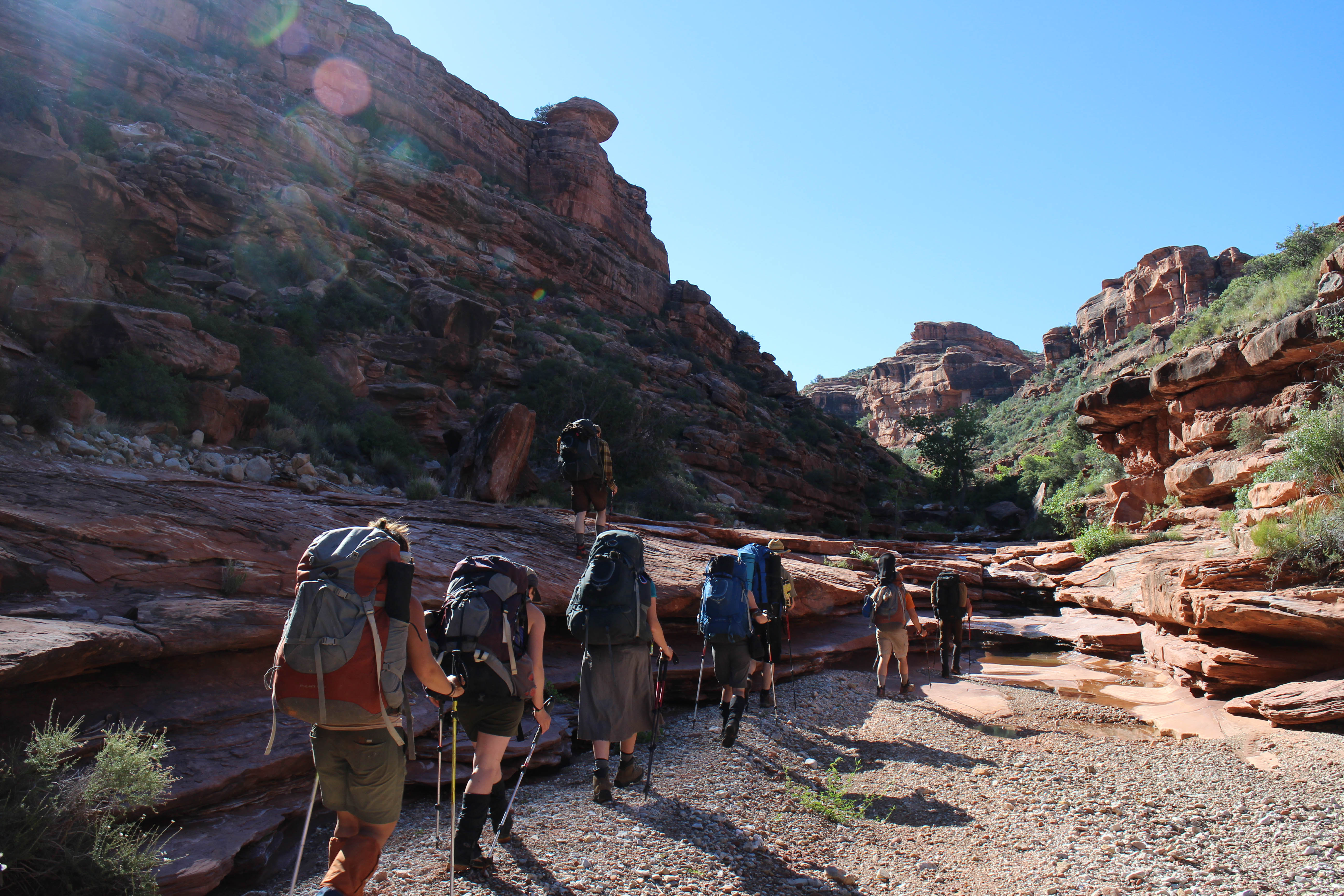
Extreme Conditions
As with all things, extreme conditions and stress (such as wilderness travel) increase the severity of the demands on the human body. Be aware of the varying physical needs of each person with whom you are recreating.
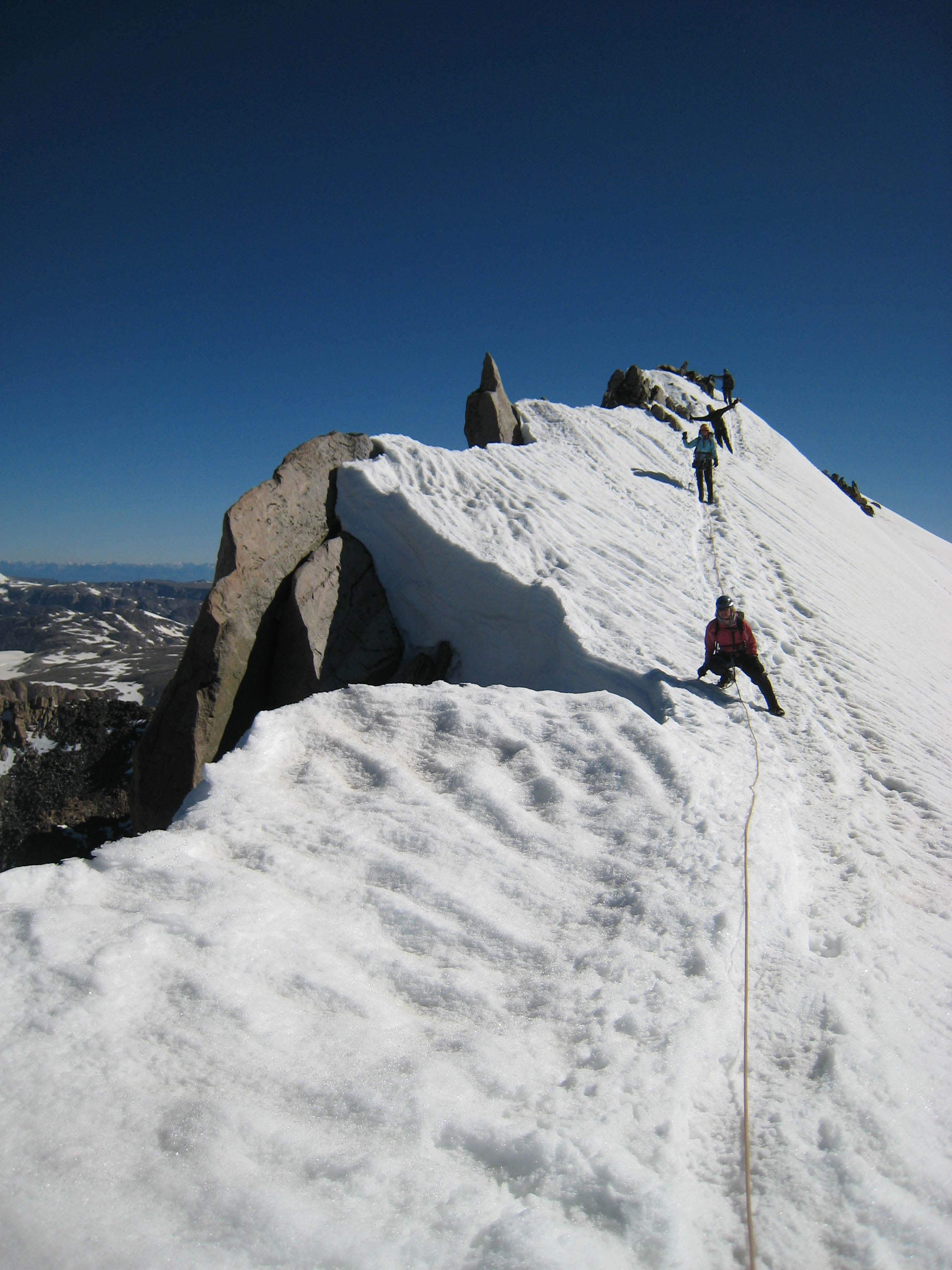
Extreme Cold (below 10°F)
More fuel is required for the human body in the cold (up to 3-4 times as much). To maintain the body’s core temperature, an additional 250-500 calories/day should be consumed. This could be 4-8 servings of high carbohydrate/high fat snacks, but avoid high protein foods, since they increase water requirements and decrease cold tolerance. It will also help to pack low moisture foods to make short, easy snack breaks possible. Consuming 500-1,200 calories just before bed will help you sleep warmer and more soundly.
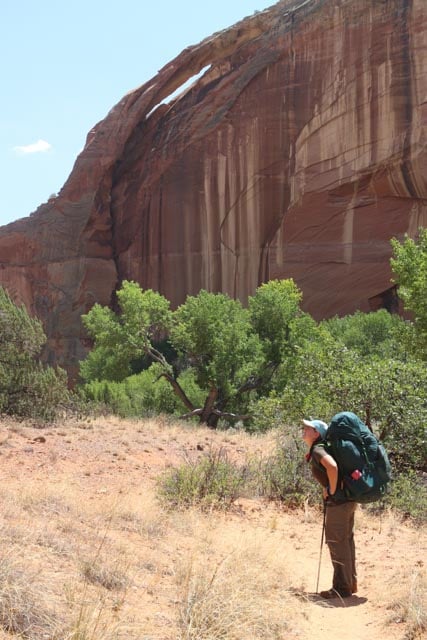
Extreme Heat (above 100°F)
In extreme heat, the most critical nutrient is water. Water is lost not only through sweating but also through breathing. Don’t wait until you feel thirsty to drink! If you feel thirsty, your body is already dehydrating. Carry twice as much water as you think you will need to safeguard against dried up water sources. Though appetites may be suppressed in extreme heat, salty foods should be encouraged since 1000 mg sodium is lost in each quart of sweat. Avoid diuretics such as caffeine and high sugar drinks.
Rest frequently in the shade, travel in the early morning or evening, wear a hat with a brim, and keep a wet bandana over the back of your neck.

